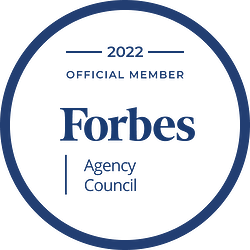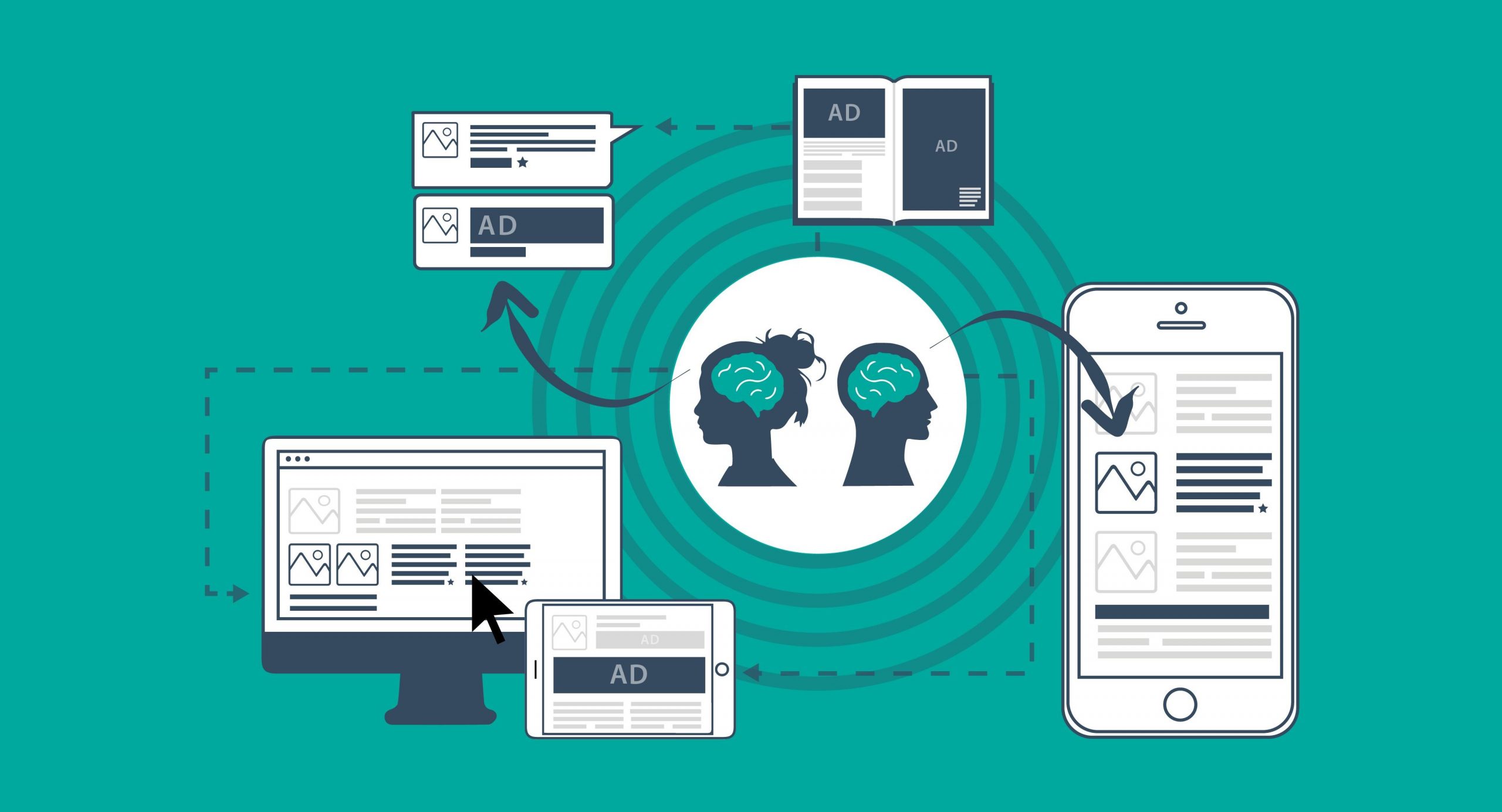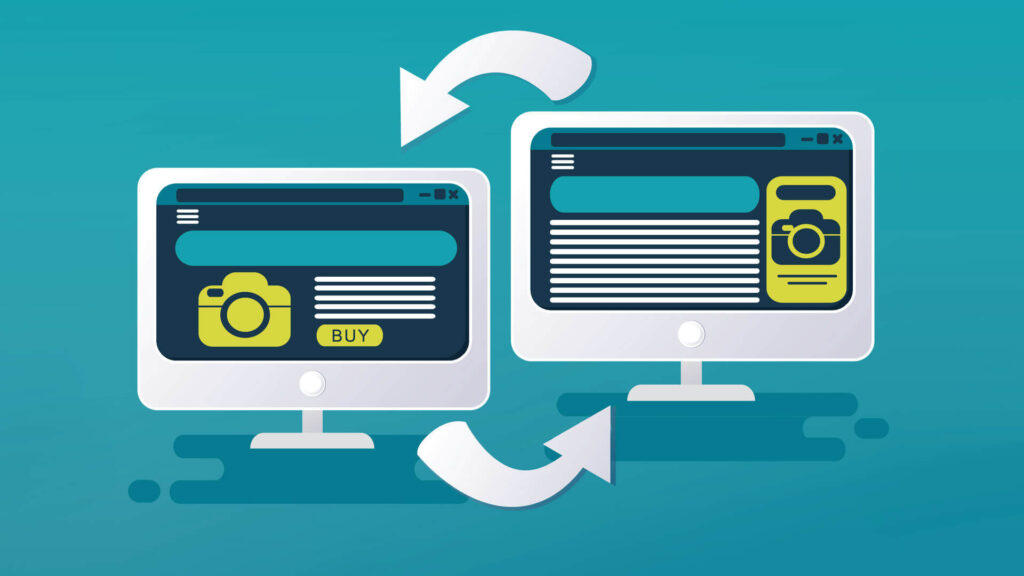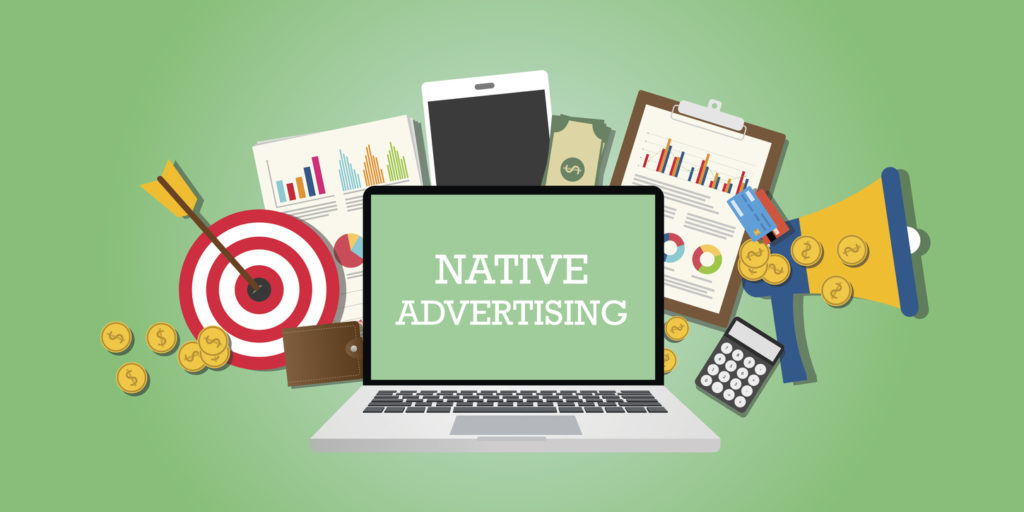
Joe Burton, Forbes Councils Member
Forbes Agency Council
According to data collected by Google in 2020, the average click-through rate for digital display ads was a mere 0.1%. While some industries boast higher numbers, experts agree these statistics don’t account for bot clicks, which drive up purported ad engagement.
If you’re an ad-tech vendor or marketer who stakes their professional reputation on producing ad campaigns that drive clicks, engagement, and conversion, this is probably not great news. What to do?
For many companies, the dismal click-through rate of standard display ads may be reason enough to explore native marketing. A brief primer for the uninitiated: Native advertisements are paid content that appear on websites, such as news or culture sites, and mimic their form, content, style, even tone—sometimes blending in so effectively that they cannot be immediately distinguished from the organic content on the website itself. Native advertisements may take the form of advertorials, infographics, or other content that purports to inform the reader (and may in fact succeed in doing so) all while subtly advertising for a product or service.
Though figures vary, native ads tend to generate higher click-through rates than traditional online ads. But, this does not mean these ads will be an unequivocal boon for every company targeting every demographic, or that companies should immediately switch their entire ad budget to native. Here are some ways we’ve seen companies effectively use native marketing—as well as some common mistakes to avoid.
Getting Topical And Strategic

One of the ways companies can best leverage native marketing is by finding a timely hook. We advise our clients to think about what people are engaging with: For instance, Q1 is usually health and fitness. People are getting back to working out, and they want to lose weight and feel better. Q2 is some of the same, but home improvement also comes into the picture. As the weather warms up and people spend more time outside, they want to invest in their homes.
Beyond the time of year, you should also be aware of what’s going on in the news. Ads connected to news and world events impacting the marketplace are going to convert the best. For example, we saw a huge surge in alternative investments last year—people were looking at gold and getting out of the stock market. Those types of concerns are cyclical. But as a general rule, if there’s a news story about a certain product or service, or a certain trend in the world, then ads connected to those sorts of products will convert a lot better.

That said, certain topics are evergreen, meaning they work all year. But one of the benefits and responsibilities of native marketing is to think carefully about when and how a topic will generate engagement, rather than simply throwing a bunch of money at a broad social media campaign. With native data, you might say, “I’m selling to a conservative male audience between the ages of 30 and 45. What are the best sites for that?” On sites where your target users are already engaging, you need a more strategic approach to integrate seamlessly with the organic content. If you’re not speaking directly to the user’s need, they’re probably not going to engage with your native content.
Common Pitfalls To Avoid
We often meet with clients who have tried native marketing and couldn’t make it work. Usually, these clients are spending money on Facebook, Google, or maybe even on TikTok or YouTube—but they’re under the impression that they can just copy and paste that same campaign into a native strategy. That’s incorrect. Native ads are a different way of thinking about advertising. In native marketing, your content needs to be much more thought-provoking. Native advertising is by nature content-driven. The story behind the product is going to sell that product, and doing it well requires being much more hands-on than you typically are with a Facebook or YouTube strategy.
In so many different ways, we see clients struggling because they haven’t focused enough on their content. Sometimes, companies can be short-sighted as far as the correct attribution of any long-term impact. Just because I introduce someone to the product in my native ad doesn’t mean they’ll always convert there; they may instead search for the product on Google, or go to Amazon and look for a better price. Brands need a better understanding of the long-term attribution model behind any campaign, and how that first click may actually convert three or four steps down their pipeline.

There’s also the matter of simple site blocking. If you set up a campaign on Taboola, you might be bidding on 300 different publishers. If you’re not making daily adjustments and optimizations, then those campaigns are probably not going to work for you. For campaigns to be profitable, it’s important to be consistent in making necessary adjustments throughout the process.
Keeping Up With A Changing Industry
Company heads may not be aware of what makes for a good native strategy, and the resources required to bring it to fruition. Many decide to keep buying display marketing simply because that’s what they’ve always done and they know how it works. But I believe display marketing is a dying industry. Successful ad campaigns today are much more highly engaged with the users than traditional display ads—and that high level of engagement is fundamentally what’s needed to yield clicks, conversions and ultimately, brand loyalty.













